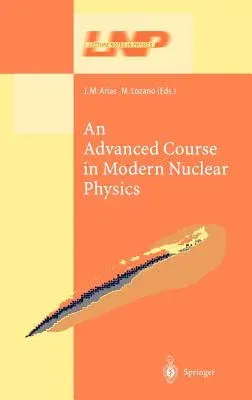An Advanced Course in Modern Nuclear Physics (2001)Hardcover - 2001, 20 November 2001

Qty
1
Turbo
Ships in 2 - 3 days
In Stock
Free Delivery
Cash on Delivery
15 Days
Free Returns
Secure Checkout

Part of Series
Lecture Notes in Physics
Part of Series
Lecture Notes in Physics,
Part of Series
International Histological Classification of Tumours
Print Length
350 pages
Language
English
Publisher
Springer
Date Published
20 Nov 2001
ISBN-10
3540424091
ISBN-13
9783540424093
Description
Product Details
Book Edition:
2001
Book Format:
Hardcover
Country of Origin:
US
Date Published:
20 November 2001
Dimensions:
23.11 x
17.63 x
2.59 cm
ISBN-10:
3540424091
ISBN-13:
9783540424093
Language:
English
Location:
Berlin, Heidelberg
Pages:
350
Publisher:
Series:
Weight:
657.71 gm